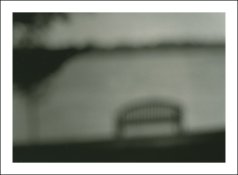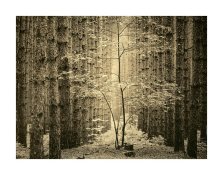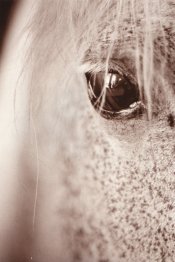whlogan
Member
Ladies and Germs (as Grouch Marx used to say) I need some help here. I am massively puzzled by the buzz over the lith printing fad here. I am not much impressed by what I see. I would be better impressed by good sepia toned prints. If it is the brownish tone that is being looked for, let me say that one will not find that in Kodak Toner. Good toner must be made for one's self. The Ansco formulas are very available and if one properly bleaches the prints and washes them, a really beautiful sepia tone may be achieved.
My main complaint about the lith prints is that they seem to have had their edge knocked off. They don't appear sharp and I have a good monitor that displays sharp prints as sharp in all other print types. What am I missing here? Perhaps the process is just fun and I can accept that. Sepia is often not so much fun but the results are worth the suffering.
Sorry, and I may be a lone voice here, but I don't like 'em much...
Logan
My main complaint about the lith prints is that they seem to have had their edge knocked off. They don't appear sharp and I have a good monitor that displays sharp prints as sharp in all other print types. What am I missing here? Perhaps the process is just fun and I can accept that. Sepia is often not so much fun but the results are worth the suffering.
Sorry, and I may be a lone voice here, but I don't like 'em much...
Logan






 Tim's images are delicate and beautiful. The lith process has accentuated or lifted the images. The process has not been done simply to be done.
Tim's images are delicate and beautiful. The lith process has accentuated or lifted the images. The process has not been done simply to be done. 




